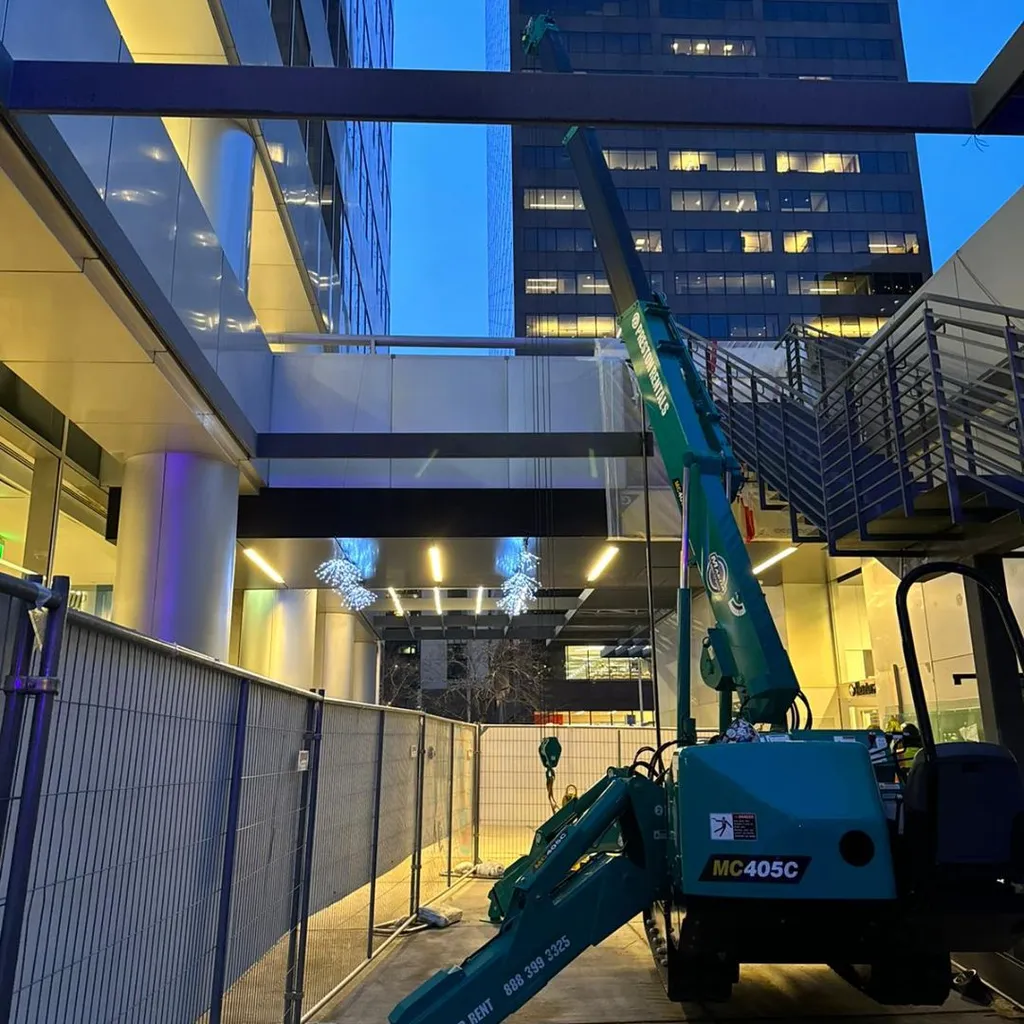In the ever-evolving landscape of construction technology, a groundbreaking study published in the journal *Frontiers in Robotics and AI* (translated from German as *Frontiers in Robotics and Artificial Intelligence*) is set to revolutionize the way mini cranes are operated. The research, led by Davide Picchi, Chair of Individualized Production at RWTH Aachen University in Germany, explores the potential of the Kumaraswamy distribution to enhance reinforcement learning (RL) in continuous control applications, particularly for mini cranes.
Mini cranes are indispensable in construction due to their adaptability across various scenarios. Recent advancements in RL have enabled agents to operate these cranes in virtual environments, laying the groundwork for real-world deployment. Traditionally, RL agents rely on a squashed Gaussian distribution for action selection. However, Picchi and his team have investigated an alternative approach using the Kumaraswamy distribution, a close relative of the Beta distribution.
The study’s findings are promising. The Kumaraswamy distribution offers computational advantages while maintaining robust performance, making it an attractive alternative for RL applications in continuous control. “Our results indicate that the Kumaraswamy distribution can provide a more efficient and effective means of action selection for RL agents,” Picchi explains. “This could potentially lead to more precise and reliable operations of mini cranes in real-world construction scenarios.”
The implications of this research extend beyond the construction industry. In the energy sector, where precision and efficiency are paramount, the adoption of this technology could significantly enhance operations. For instance, mini cranes equipped with RL agents using the Kumaraswamy distribution could be deployed in offshore wind farms for maintenance and assembly tasks. This could reduce downtime, improve safety, and ultimately lower costs.
Moreover, the study opens up new avenues for research in machine learning and RL. As Picchi notes, “The Kumaraswamy distribution’s potential in RL is just beginning to be explored. Future research could uncover even more applications and benefits, further pushing the boundaries of what’s possible in automated control systems.”
The research published in *Frontiers in Robotics and AI* marks a significant step forward in the field of RL and continuous control. As the technology matures, it is poised to reshape industries, from construction to energy, driving efficiency and innovation. The study’s findings not only highlight the potential of the Kumaraswamy distribution but also underscore the importance of exploring alternative approaches in RL to address real-world challenges.

